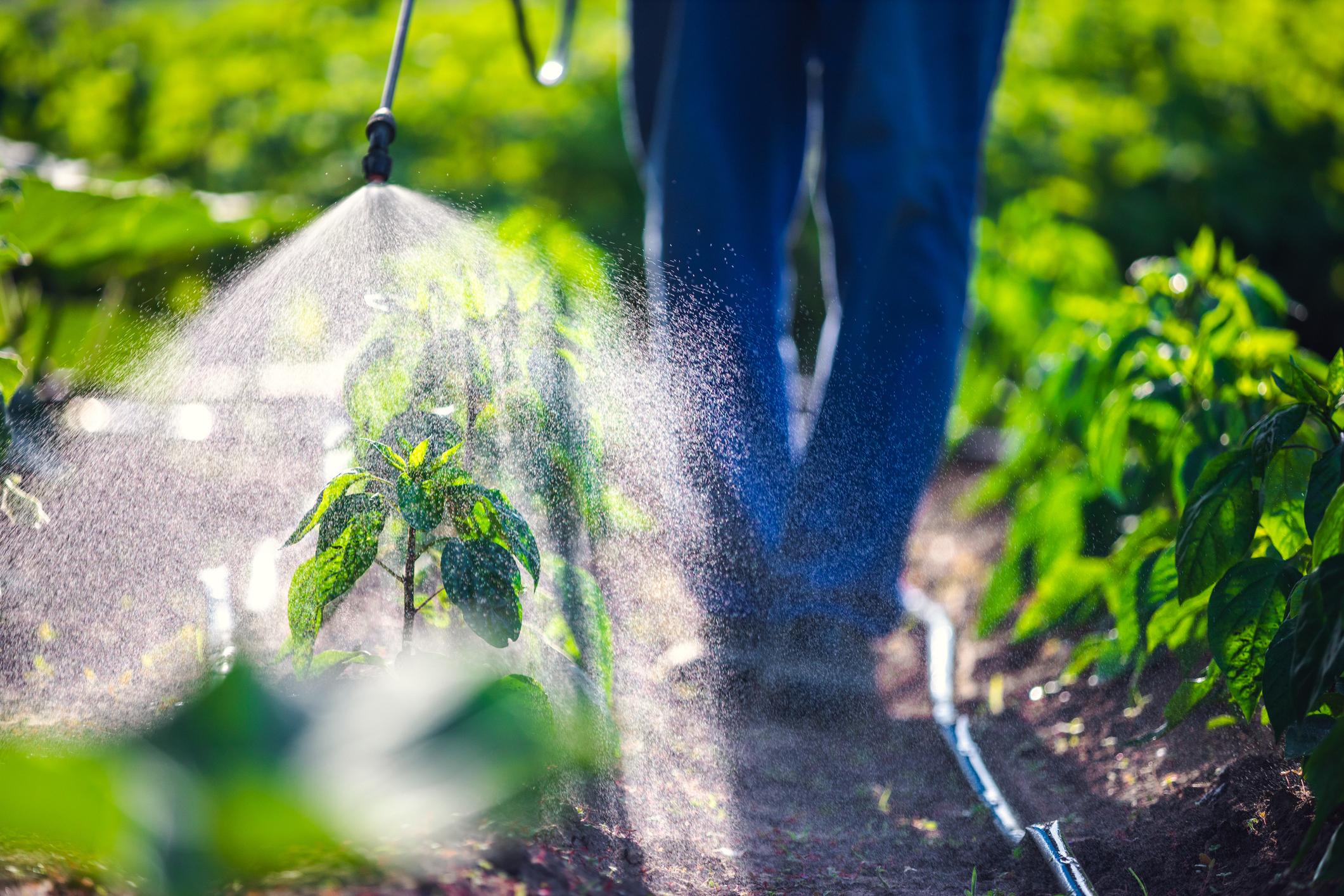ANSES, Ineris and the network of Approved Associations for Air Quality Monitoring (AASQA) are today launching the first campaign to measure air quality. pesticide residues in the air. This one-year exploratory campaign will include the analysis of around 80 substances, at 50 measurement sites, in mainland France and in the departments and regions. Overseasfor a total of around 1,500 samples over the duration of the campaign.
In an expert report published in October 2017, following a referral from the ministries in charge of Agriculture, Ecology, Health and Labor, ANSES made recommendations on the conduct and modalities of implementation of an exploratory campaign.
The different types of residential areas (52% of urban sites/ peri-urban and 48% rural sites) and of agricultural production (40% of large-crop sites, 22% of wine-growing sites, 22% of arboricultural sites, 14% of market-gardening sites and 6% of breeding sites) were taken into account in the choice of sampling sites. Thus 1 to 6 sites per region have been selected in order to cover the different situations of exposure to pesticides in the air.
The substances that will be sought enter into the composition plant protection products as well as certain biocides, veterinary drugs and antiparasitics for human use. They were chosen as a priority by ANSES on the basis of their hazard characteristics and criteria for use, emission and persistence in the air.
The data collected will feed into the national database on air quality “GEOD’AIR” and will help to establish an initial inventory of the levels of contamination of pesticide residues in the ambient air.
Read also :
Parkinson’s disease: farmland involved
3 out of 4 jars of honey contain traces of pesticides


















